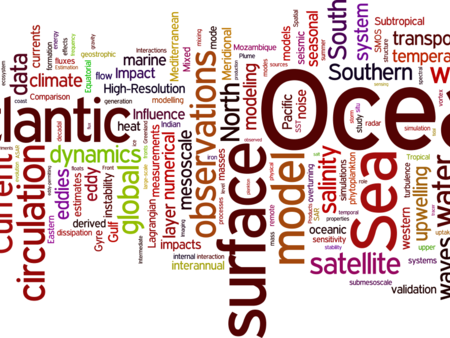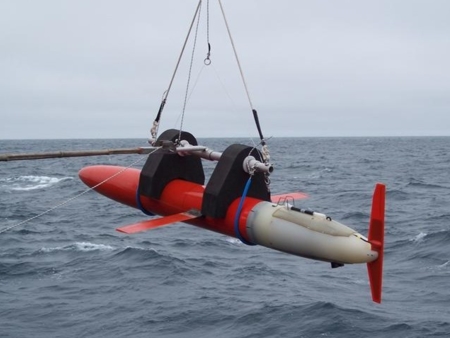Clément Pouplin
Advisors : Jean-François Filipot (FEM), Alexis Mouche (Ifremer), Bertrand Chapron (Ifremer)
Started from : 01/05/2023
Offshore wind industry develops very rapidly and some high potential areas to implant offshore wind turbines also present a high tropical cyclone risk. Tropical cyclones (TC) are low pressure meteorological systems characterized by very strong winds (up to 80 m / s for the most intense ones) and strong wind gradients, which can cause important damages. The storm surge induced by a TC can be responsible for flooding on land and, in the ocean, the surface waves they generate coupled to high winds can also damage offshore wind turbines. The growth and propagation of waves inside tropical cyclones follow a complex process which is not correctly understood yet. On one hand, the current database of co-located wind / wave observations inside tropical cyclones is not large enough to statistically describe the wave field as a function of the first order TC parameters (maximum wind speed, translation speed, radius of maximum wind speed). Airborne flights inside TCs are very rare, satellite observations are disturbed by extreme atmospheric conditions (cloud coverage, wind and rain) and in situ data from buoys are not numerous. On the other hand, spectral wave models such as Wave Watch 3 have a high computational and memory cost. Moreover, tropical cyclones are expected to become more intense due to climate change (cf latest IPCC report) which adds uncertainties on the maximum wind speed of such extreme events in near future. In this context, the design of offshore wind turbines needs to take into account extreme metocean conditions induced by tropical cyclones.
This PhD is part of the OROWSHI project (driven by France Energies Marines). Its main objective is to develop a method based on stochastic Monte-Carlo simulations in order to forecast the 50-year wave parameters, at specified locations, especially in chosen offshore wind farm sites. Such Monte-Carlo analysis requires a light wave model that can be run quite fast, at low computational cost, over thousands of different tropical cyclones simulations, and a spectral wave model such as Wave Watch 3 would not check this requirement.
In this PhD project, the potential of a parametric wave model (Kudryavtsev et al. 2021) to forecast the characteristics of ocean waves generated by tropical cyclones is examined. It is a parametric Lagrangian wave model in which a set of 5 equations describes the evolution of wave-rays characteristics initialized at different locations inside the TC, providing a fast estimate of the generated wave field corresponding to a given wind field (cf Figure).
First, model performances will be assessed from wave measurements acquired outside the area of generation. Wave measurement inside tropical cyclones could then be used to assess the performances of the model inside the tropical cyclone. Based on both inside and outside TC approaches, the model will be improved and potentially corrected. The work performed during this PhD will further be exploited to :
- Investigate new techniques to produce high resolution wave fields inside TCs using SAR observations, for example Sentinel-1 IW images.
- Run Monte Carlo simulations to forecast the 50-years wind / waves conditions at specific offshore wind sites







